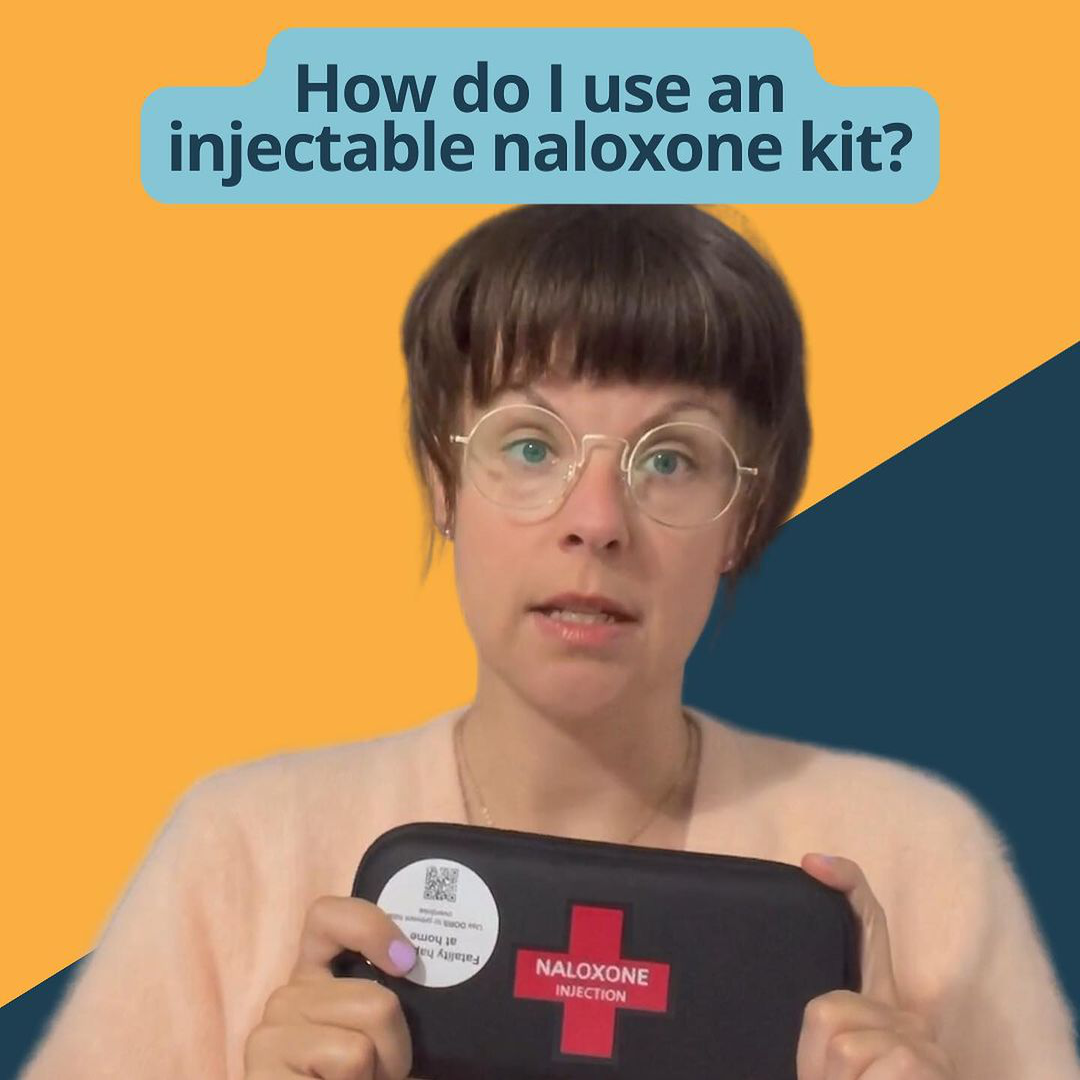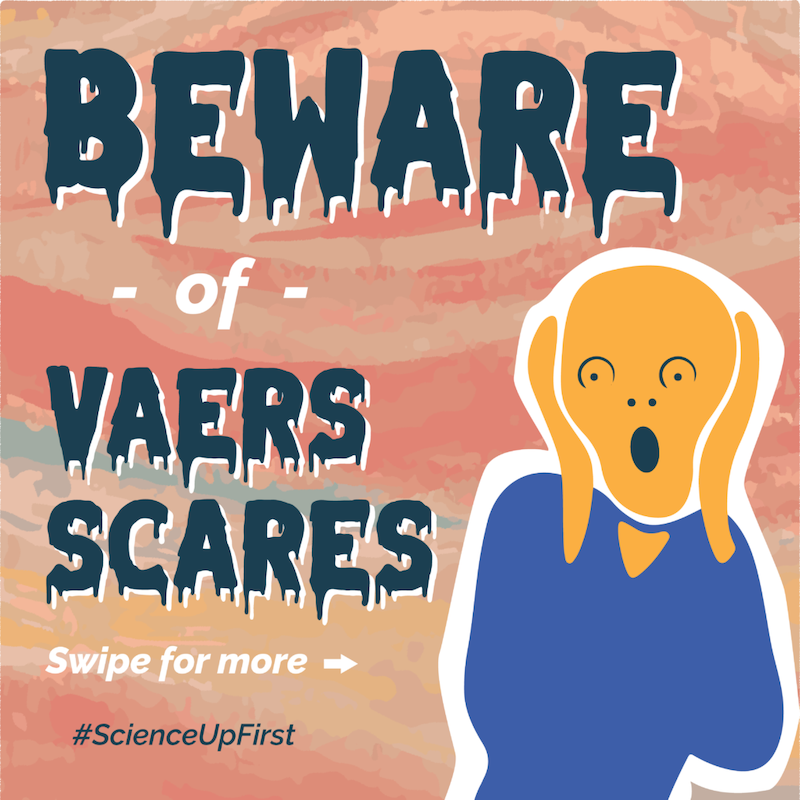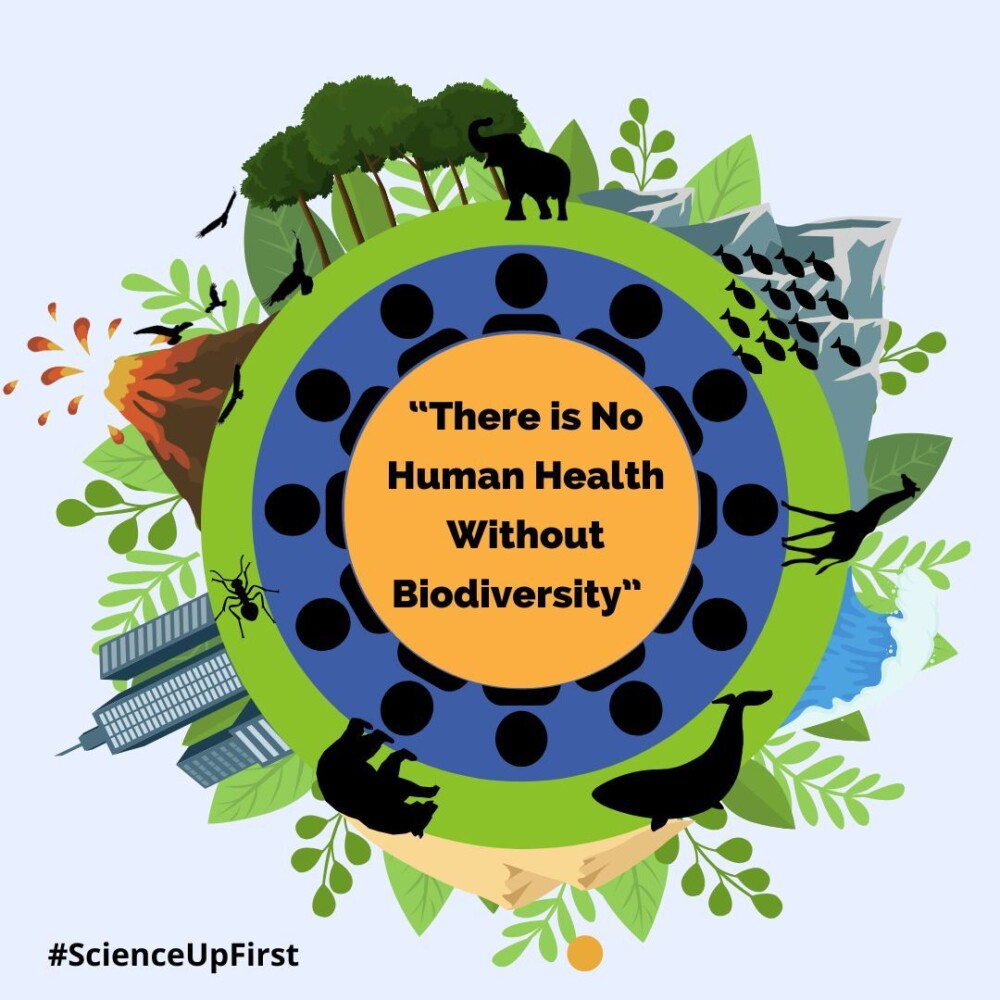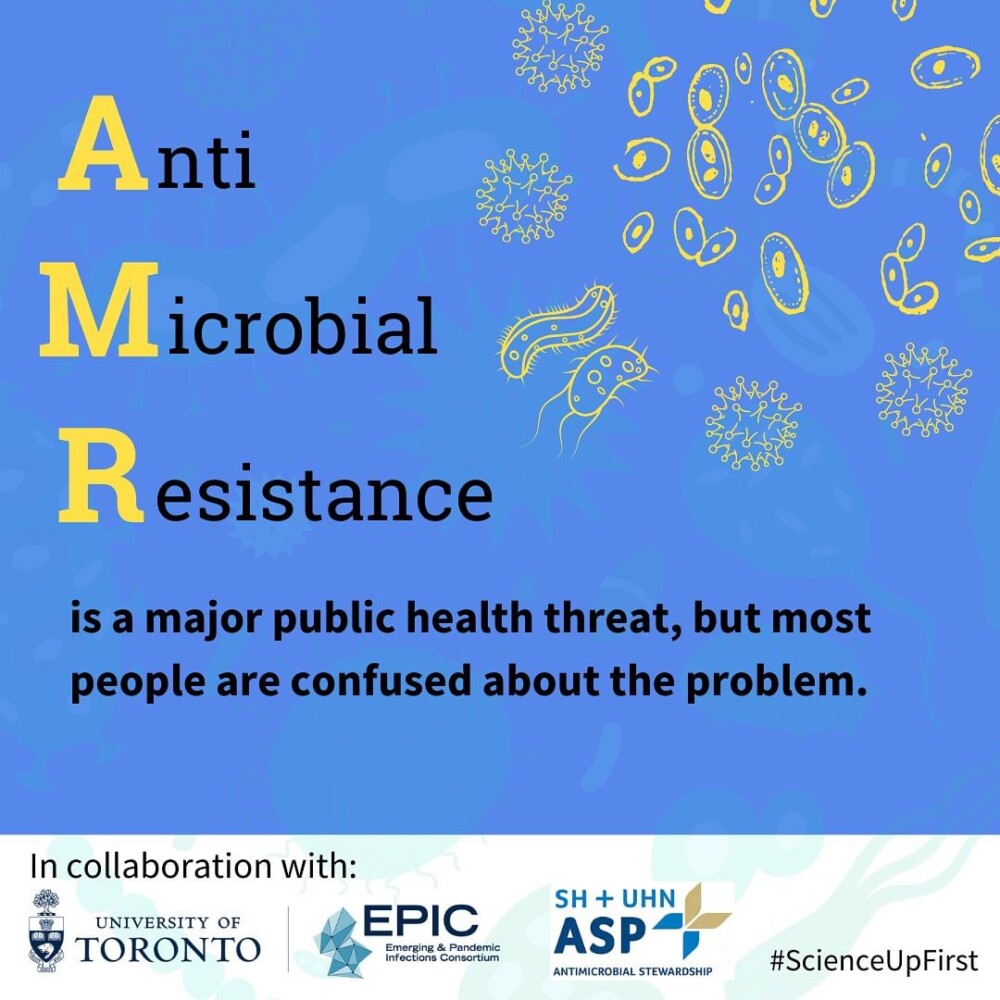How does naloxone save people from an opioid overdose?
First, let’s talk about opioids, sometimes called narcotics (i.e. fentanyl, oxycodone, oxymorphone, heroin, hydrocodone, codeine, morphine)
Once opioids enter the body, they attach to receptors located on nerves throughout the body and block the pain signal sent through it. While being very effective for pain management, opioids can also be highly addictive, especially if taken over a long period of time. As the body gets used to a drug, it might need more and more to achieve the same results (1). This can lead to opioid poisoning (an overdose).
Opioid poisoning occurs when an individual ingests a toxic quantity of a substance, leading to a disruption in their body’s normal functioning. In the case of a opioid poisoning, the person might (2,3):
- Lose consciousness
- Stop/have difficulties breathing
- Choke/gurgle
- Have blue/purple lips/fingertips
- Be unresponsive to stimuli
At that point, the person’s life is in danger.
Naloxone is a drug that can quickly (i.e. 2-3 minutes) and temporarily (i.e. 20 to 90 minutes) dislodge the opioid molecules from the nerve receptors and bind at its place. It will reverse and block the effects of opioids on the body (4,5). But the key word here is “temporarily” – opioid’s effects usually last longer than naloxone. Hence, naloxone saves lives by giving people more time to call and wait for help (5).
Naloxone only has an effect on the body if the person has opioids in their system and it cannot create dependency. Hence, naloxone is safe for anyone to take, even for people not suffering from opioid poisoning, suffering from other drug poisoning, pregnant people and children (5).
Anyone can get naloxone kits, which are available in most pharmacies without a prescription. In Canada, you can get naloxone as a nasal spray or injectable (5).
View our original Tweet!
How can naloxone save people from an opioid overdose?
We tell you more here https://t.co/mVqbXqhFmq
Tell us in the comments what you would like to know about this subject#ScienceUpFirst
— ScienceUpFirst | LaScienced’Abord (@ScienceUpFirst) September 5, 2023
View our original Instagram Post!
View this post on Instagram




